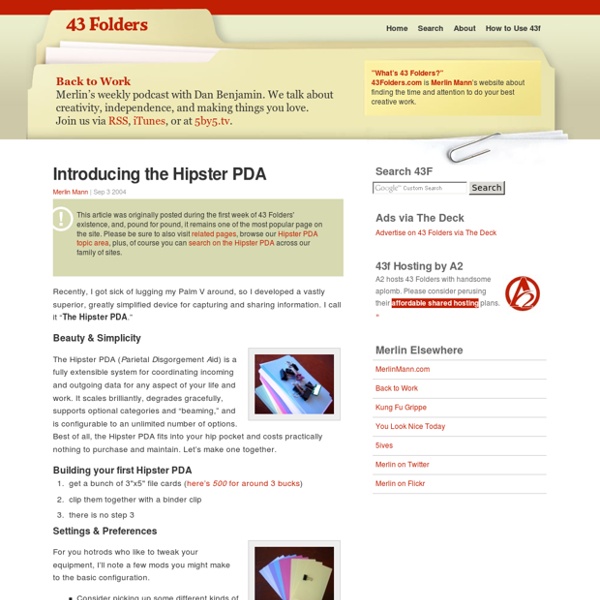amazon
How to Use Flow to Make You More Productive
Join us in Miami, Chicago or Denver for our Accelerate Your Business event series kicking off in February. Discover solutions to optimize team performance, improve company productivity, and position your business for continued success. See dates and details » The average person has 70,000 thoughts each day, and if you don’t learn to organize them, they have the potential to wreak havoc on your productivity. When you succumb to the flurry of thoughts running through your head, your mind becomes disorganized, and the more you ruminate on intrusive thoughts, the more power you give them. Most of our thoughts are just that -- thoughts, not facts. In a recent study conducted at the National Institute on Aging, it was found that allowing your mind to be disorganized doesn’t just feel bad, it’s also actually bad for you. Related: 11 Things Ultra-Productive People Do Differently (Infographic) An organized mind, on the other hand, falls into a state of flow. Step 2: Take control of your emotions
Cutting through the clutter to get things done
My Own Getting Things Done System - Paddy Moogan
I wanted to talk a little about the system I use for (trying) to get things done. I say trying because I’m aware that my system isn’t perfect. Well, actually, the system could be totally fine. I get distracted easily which probably doesn’t help me get things done no matter what system I use. I’m in control of my projects – they’re not in control of me. I wanted to share my system to try and help others and also to get feedback on this one. There are basically 3 stages to my system Get ClearGet CurrentGet Creative I run through this system every Friday afternoon, I actually block out the time in my calendar so no one can book meetings during this time. Get Clear This involves making sure you’re caught up on everything you need to be and that you are aware of the big picture. Step 1) Inbox=0 If you are unfamiliar with the concept of Inbox=0, take a look at this presentation that Merlin Mann gave to Google on the topic. So this fits into my process right at the start. Get Current Get Creative
6-Case 4" x 6" Photo Storage Box
*Place order online, by phone, or in store. Spend $75 or more on merchandise (excluding tax, Gift Cards, eGift Cards, POP! Perks, installation and services, and elfa Sliding Doors) in a single transaction and receive free standard shipping to a single address in the contiguous United States. The offer will be automatically applied and cannot be used toward a TCS Closets® or Business Solutions purchase. Due to size and weight restrictions, some items cannot be shipped or may have additional shipping fees that will still apply. Overall Rating: 4.9 out of 5 Rating Snapshot (240 reviews) 239 out of 240100%of reviewers recommend this product. Overview Product Information Organize your 4" x 6" photos or recipe cards with our 6-Case Photo Storage Box. Made of clear polypropylene plastic Outer case is stackable Additional individual inner cases are available (sold separately) Dimensions 8-1/2" x 7-1/2" x 5-1/2" h Resources & Tips Videos
Redesigning My Productivity: The 1–2–3 To-Do List
Everybody loves lists. I’m obsessed with them. There was a lengthy period in my life when I felt like the longer my to-do list was, the more I got validated as a Multitasking, Stress-Loving, Badass Go-Getter. (I loved tweeting about how much of a busy workaholic I was. But as I kept that up, my to-do lists started to look more like WISH LISTS. No matter what I did, my lists just kept getting longer and longer, and more and more, tasks were getting carried over to the next day. And so, after weeks and weeks of feeling all over the place, I decided to rethink my to-do list and making them more doable — by making them SHORTER. Now, it may seem counterintuitive — how can you get more done, if your to-do list is shorter? My redesigned method is not so much about the length, as that’s a productivity technique that’s been harped on time and again, but the biggest change I implemented was making sure I started my day with two core principles: Focus and Intention. The 1–2–3 List 1 Major Mission 1. 2.
Getting Things Done - wat het is » lifehacking.nl
Getting Things Done van David Allen is het briljante stress- en timemanagement systeem van David Allen. Laat me een paar dingen noemen die maken dat Getting Things Done zo’n goed systeem is en wat het voor jou zou kunnen doen. CNN heeft een mooi artikel gepubliceerd over Getting Things Done (Engels). Je kunt het hier lezen. Getting Things Done: waar is het voor nodig? De meeste mensen die dit lezen, zijn op de één of andere manier kenniswerkers. Kenniswerk is relatief nieuw en vraagt om nieuwe methodes en manieren van denken. Ik had daar al aardig wat over geleerd in de dagelijkse praktijk. Maar Getting Things Done van David Allen gaf me nog een heleboel extra! Wat zijn de voordelen van Getting Things Done? Ik zal een paar voordelen noemen, dingen die ik heb gezien in mijn eigen leven en werk toen ik dit begon toe te passen. Het is flexibel. Alles bij elkaar ben ik zéér tevreden en erg enthousiast over Getting Things Done. Toen ben ik maar een Nederlandstalige training gaan bouwen.
Toodledo : A productivity tool to manage your tasks, to-dos, notes, outlines and lists



